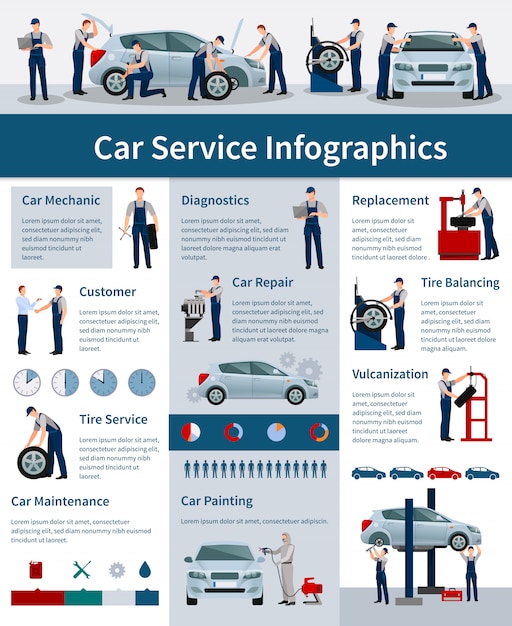A Newcomer'S Manual For Interpreting Your Car'S Alert Lighting
A Newcomer'S Manual For Interpreting Your Car'S Alert Lighting
Blog Article
Created By-Borg Mahmoud
When you're behind the wheel, those little warning lights on your automobile's control panel can be quite bewildering. What do they mean, and should you be concerned? Comprehending these signals is crucial for your automobile's well-being, but it doesn't need to be a difficult task. By deciphering the enigma behind each light, you'll be outfitted to manage prospective problems effectively and keep your car running efficiently. So, following time a caution light flashes, don't panic - arm yourself with knowledge and take control of the scenario.
Significance of Cars And Truck Caution Lights
Understanding the significance of your auto's caution lights is vital for maintaining your vehicle's health and wellness. These lights function as your car's communication system, alerting you to potential concerns that might threaten your safety when driving or lead to pricey repairs if overlooked. By paying attention to these warnings, you can deal with troubles early and protect against additional damages to your automobile.
Neglecting advising lights can lead to major repercussions, such as engine failure, brake breakdowns, or even mishaps. These lights are made to alert you of issues ranging from low tire pressure to engine malfunctions, giving you the chance to do something about it prior to the circumstance aggravates. Regularly inspecting and recognizing these warnings can conserve you time, money, and ensure your safety and security while driving.
Along with keeping you safe, responding without delay to cautioning lights can additionally help prolong the life expectancy of your car. By dealing with issues at an early stage, you can stop small troubles from escalating into major repairs, eventually saving you time and money over time. Keep in mind, your cars and truck's warning lights are there for a factor - don't neglect them!
Common Warning Lights and Meanings
When it concerns driving your cars and truck, being aware of typical caution lights and their significances is vital for your safety and car upkeep. https://www.moneytalksnews.com/5-tips-to-maximize-your-credit-card-points/ are a few typical warning lights you may encounter:
1. ** Examine Engine Light **: This light suggests a concern with your engine. photo mechanic could be something minor like a loosened gas cap or something more severe like engine misfiring.
2. ** Battery Light **: This light signals a problem with your cars and truck's charging system. It can indicate a faulty battery, alternator, or various other associated elements.
3. ** Oil Stress Light **: When this light begins, it implies your engine might be running low on oil or experiencing low oil stress, which can result in engine damage otherwise attended to without delay.
4. ** Brake System Light **: This light indicates a problem with your braking system. It might mean reduced brake liquid levels or a problem with the brake system that requires prompt interest.
Comprehending these common warning lights will assist you recognize potential problems at an early stage and prevent more substantial problems down the road.
Just how to Reply To Warning Lights
In the event that a caution light illuminates on your auto's control panel, it's essential to respond quickly and properly. When a warning light comes on, the first step is to consult your proprietor's handbook to recognize the details issue shown by the light.
Some lights require prompt interest, while others might show a much less urgent issue. If the warning light is red or flashing, it's normally an indication of a major trouble that requires prompt action. In such situations, it's recommended to pull over safely, shut off the engine, and seek expert assistance.
For yellow or orange warning lights, while they might not call for instant interest, it's still crucial to address the underlying concern immediately to avoid further damages. Routine maintenance and inspection can help prevent cautioning lights from beginning all of a sudden.
Conclusion
To conclude, understanding your automobile's warning lights is vital for preserving your automobile's health and safety. By on a regular basis inspecting and replying to these cautions, you can attend to prospective issues early and protect against pricey fixings or safety and security risks. Bear in mind to consult your proprietor's manual for information on various caution lights and constantly take immediate action for red or blinking lights. Stay aggressive and keep your auto running efficiently!
